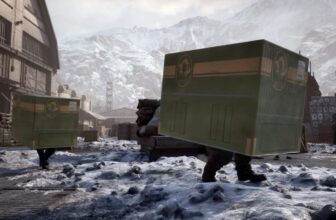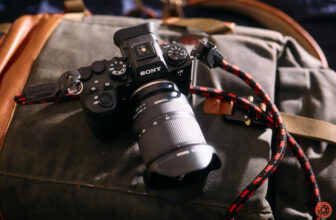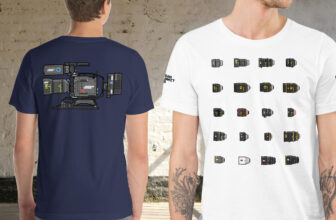
Check out our latest products
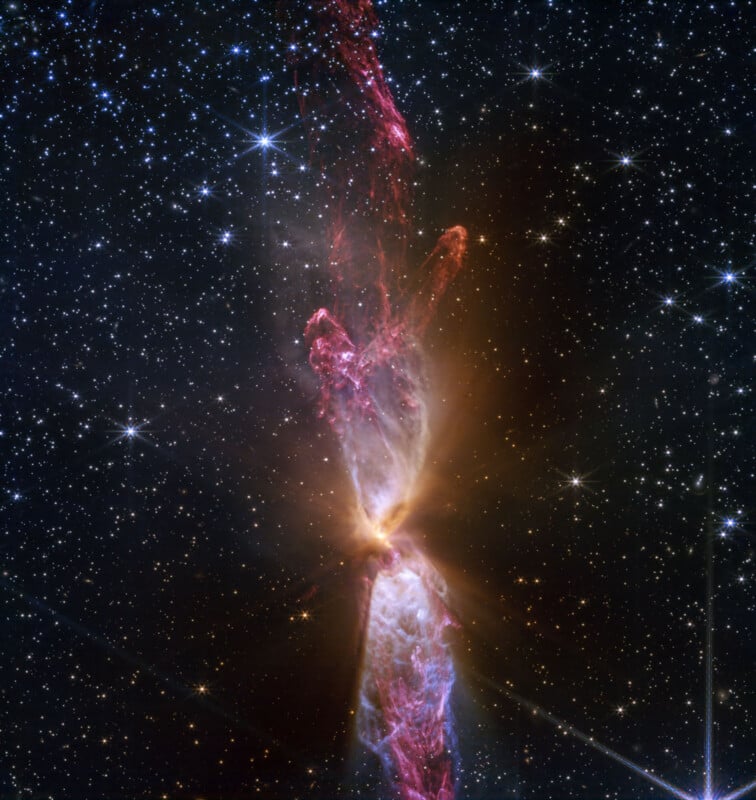
The James Webb Space Telescope’s latest high-resolution photo shows Lynds 483 (L483), a pair of actively forming stars, in extraordinary and unprecedented detail.
Over tens of thousands of years, the two protostars have intermittently ejected some of their gas and dust, creating eye-catching jets of material that, as NASA puts it, “trip across space.”
When more recent mass ejections collide with older ones in space, the material “can crumple and twirl” based on the densities of the interacting materials. Over the years, these ejections continually interact with the surrounding interstellar medium, producing various molecules, including carbon monoxide, methanol, and other organic compounds.
Webb’s Near Infrared Camera, NIRCam, can resolve significant detail and help scientists pick apart the different wavelengths of light that correspond to varying chemicals.
The Webb Space Telescope team notes that viewers should also make special notice of not only the visible starlight in the new image but where background starlight is blocked.
“Look for the exceptionally dark, wide V-shapes offset by 90 degrees from the orange cones,” the science team explains. “These areas may look like there is no material, but it’s actually where the surrounding dust is the densest, and little starlight penetrates it. If you look carefully at these areas, Webb’s sensitive NIRCam has picked up distant stars as muted orange pinpoints behind this dust. Where the view is free of obscuring dust, stars shine brightly in white and blue.”
L483, about 650 light-years from Earth in the constellation Serpens, doesn’t fit in a single Webb image. The team focused on the upper section of L483 and its outflows, but NASA’s retired Spitzer telescope once captured the entire system, as seen below.
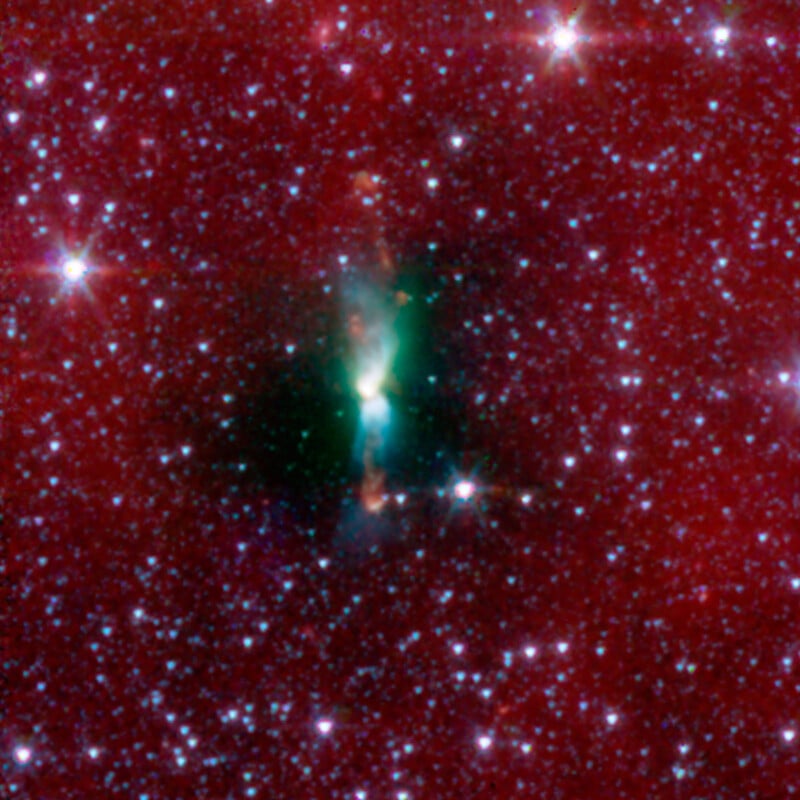
This older shot from Spitzer shows the scale of Lynds 483 and reflects how far space telescope imaging technology has come. While the $720 million Spitzer space telescope was an incredible achievement when it launched in 2003, its imaging performance cannot hold a candle to the $10 billion James Webb Space Telescope.
In millions of years, the stars seen in Lynds 483 will finally be finished forming. At that time, they could each be as massive as the Sun. Their outflows will be long gone, leaving behind a small disk of gas and dust, which could someday form planets.
Image credits: NASA, ESA, CSA, STScI

![[2025 Upgraded] Retractable Car Charger, SUPERONE 69W Car Phone Charger with Cables Fast Charging, Gifts for Men Women Car Accessories for iPhone 16 15 14 13 12, Samsung, Black](https://i1.wp.com/m.media-amazon.com/images/I/61SaegZpsSL._AC_SL1500_.jpg?w=300&resize=300,300&ssl=1)



![[True Military-Grade] Car Phone Holder【2024 Stronger Suction & Clip】 Universal Cell Phone Holder for Car Mount for Dashboard Windshield Air Vent Long Arm Cell Phone Car Mount Thick Case,Black](https://i2.wp.com/m.media-amazon.com/images/I/715PBCuJezL._AC_SL1500_.jpg?w=300&resize=300,300&ssl=1)
![[エレコム] スマホショルダー ショルダーストラップ 肩掛け ストラップホールシート付属 丸紐 8mm P-STSDH2R08](https://i3.wp.com/m.media-amazon.com/images/I/51BMFf06pxL._AC_SL1500_.jpg?w=300&resize=300,300&ssl=1)




